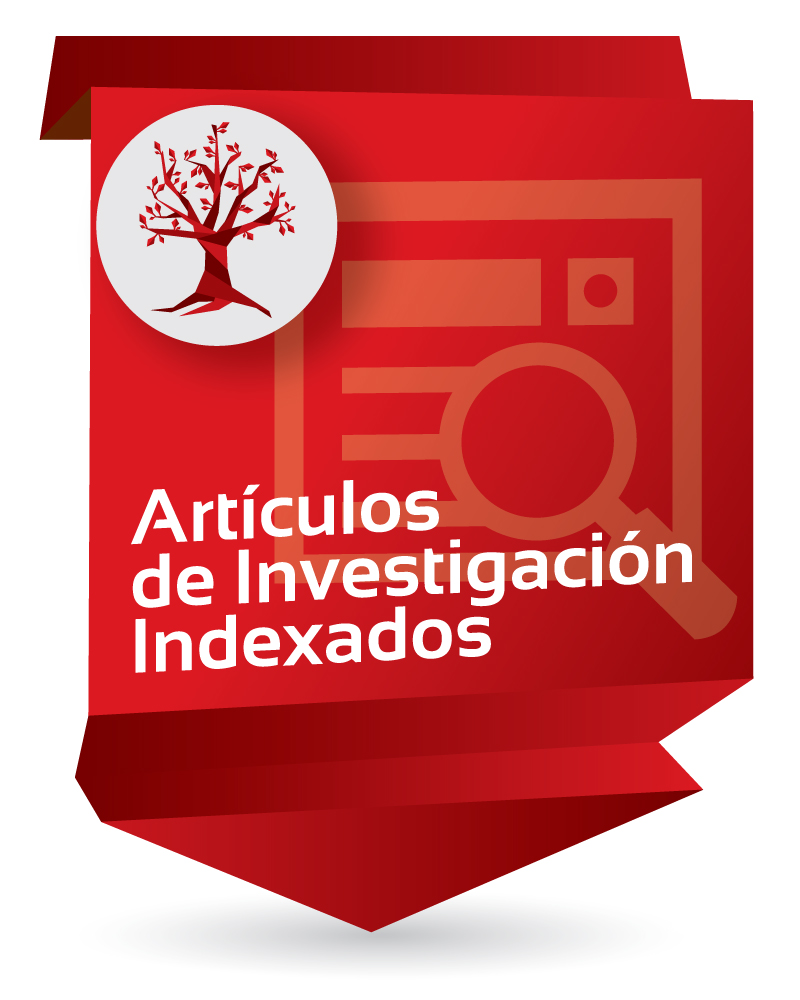Blended learning: Deficits and prospects in higher education

Enlaces del Item
URI: http://hdl.handle.net/10818/33138Visitar enlace: https://ajet.org.au/index.php/ ...
ISSN: 1449-5554
DOI: https://doi.org/10.14742/ajet.3100
Compartir
Estadísticas
Ver as estatísticas de usoCatalogación bibliográfica
Apresentar o registro completoData
2018Resumo
This article examines the nature and evolution of the term blended learning(BL), which encompasses numerous connotations,including its conception as a strategy, delivery mode, opportunity, educational shift, or pedagogical approach.Although much has been said in this field, very few studies examine the different types of blends behind their implementation. To address thisgap in the literature, the article indicates types of blendsand analyses the characteristics of BL, its benefits and limitations, supported by a reviewof literature,and an analysis of a sample of BL cases in higher education language-teachingworldwide.Additional data were alsogathered through a questionnaire administeredto language department chairs. Data were triangulated and analysed using the grounded theory approach. The article closes with an examination of different levels of blending,the various perspectives within the educationalcommunity on its use,and a discussion of its future applicability, especially in higher education.
Ubicación
Australasian Journal of Educational Technology, 2018, 34(1)

















